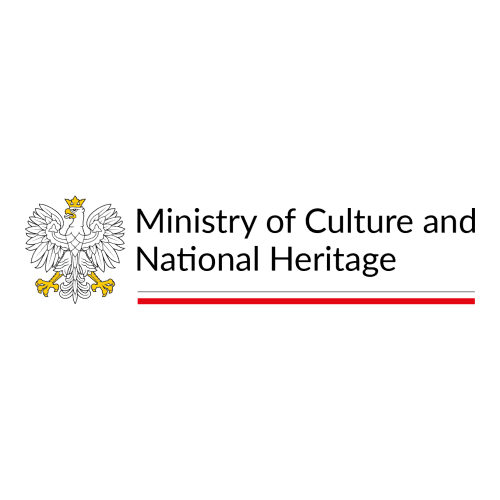Giselle
Adolphe-Charles Adam / Jean Coralli, Jules Perrot / Marius Petipa
Fantastic ballet in two acts
Libretto: Théophile Gautier and Jules-Henri Vernoy de Saint-Georges
Music: Adolphe-Charles Adam
World premiere: 28 June 1841, Théâtre de l'Académie Royale de Musique, Paris
Polish premiere: 20 January 1848, Teatr Wielki, Warsaw
Premiere of this staging: 25 November 2022, Polish National Ballet, Warsaw
This season sees the return of the immortal Giselle, a ballet masterpiece brought to life by the most prominent artists of French romanticism. The idea was originated by poet Théophile Gautier, who drew inspiration from a legend wrote down by Heinrich Heine, the libretto was penned by dramaturge Jules-Henri Vernoy de Saint-Georges, the score by Adolphe-Charles Adam, and the original choreography was put together by balletmaster Jean Coralli with the help of dancer Jules Perrot. Together, their efforts produced a work considered the paragon of romantic ballet.
Just like La Sylphide (1832), Giselle (1841) was a product of the French romantics longing for an idealised, pristine female presence on the ballet stage, previously dominated by men. This vision set a standard for all the romantic ballets to come. Having women dance en pointe was meant to serve this very purpose. While some ballerinas had done it before, now the impressive dance technique was elevated to real art, making the revered, almost divine female figure the centre of attention. The first dancer to create the Sylph was the legendary Maria Taglioni, the first one to dance Giselle was her rival Carlotta Grisi, who became hugely successful in the role. When Giselle first enters the stage, she is as a careless girl in love with a seductive Loys. She does not suspect that he is Prince Albrecht disguised as a pheasant until he is exposed by the jealous Hilarion. The shock of the revelation costs Giselle her sanity and life. She returns as a vila, joining the spirits of other prematurely dead girls who had been wronged before marriage. Led by their queen Myrtha, the Wilis ambush young men in a forest cemetery, forcing them to dance until they die of exhaustion. One of their victims is Hilarion, Giselle’s rejected suitor. Yet, her love for Albrecht is still so strong that when he turns up repentant by her grave, she saves him from the other spirits’ revenge, dancing until the day breaks and the merciless Wilis lose their power. The moving role that combines pastoral charm, true drama, soulfulness, and ephemerality has been wonderfully rendered by the greatest ballerinas of all time.
The ballet has been shown in Warsaw many times, starting in 1848, when it was staged according to the Paris original by Roman Turczynowicz, now the patron of the local ballet school. The last two productions (1968 and 1976) were designed by the late Andrzej Kreutz Majewski, whose sets and costumes excellently conveyed the romantic atmosphere of the French masterpiece. When mounting its new production of Giselle, the Polish National Ballet decided to revive the great set designer’s stunning vision. Luckily, the artist left behind detailed set and costume blueprints. What is more, the opera house’s storage rooms turned out to contain elements of his original scenery. Based on the information, the opera house’s craftspeople recreated Kreutz Majewski’s designs after they had been meticulously adapted by Małgorzata Szabłowska (sets) and Katarzyna Rott (costumes). The production is, therefore, also a tribute to the internationally renowned Polish artist who served as the Teatr Wielki’s chief set designer between 1966 and 2005.
Giselle returns to the Warsaw stage in the canonical choreography by Marius Petipa as staged by Maina Gielgud, once a star of European ballet stages, then the head of the Australian Ballet and Royal Danish Ballet. She is descendent from the ancient Polish–Lithuanian Gielgud family and a niece of Sir John Gielgud, the great English Shakespearian actor who also starred in the title role in Andrzej Wajda’s The Conductor. Maina Gielgud’s staging of Giselle, originally devised in 1986 for the Australian Ballet, earned huge recognition and was later shown in the US, France, and South Africa.
-
Time is measured by
-

Cast
Credits
Polish National Ballet
Orchestra of the Polish National Opera
Sponsors
-
Partner spektaklu
-
Partnerzy Akademii Operowej
-
Partnerzy Teatru Wielkiego - Opery Narodowej
-
Partner Polskiego Baletu Narodowego
-
Partner technologiczny
-
Patroni medialni
-
Partner koktajlu
-
Partner of the event
-
Partners of the Opera Academy
-
Partners of Teatr Wielki – Polish National Opera
-
Partner of the Polish National Ballet
-
Technological partner
-
Media patrons
-
Partner of the reception







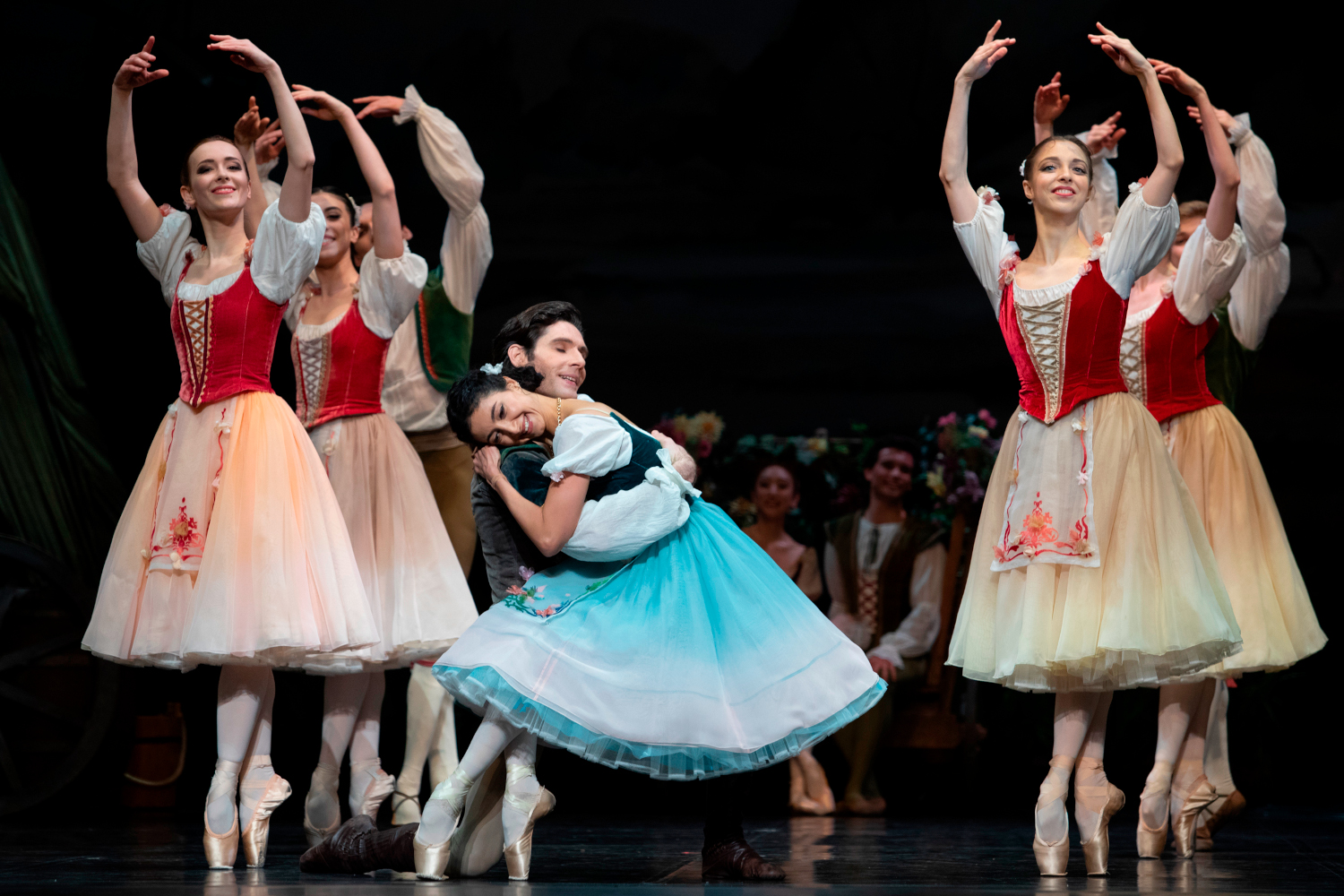
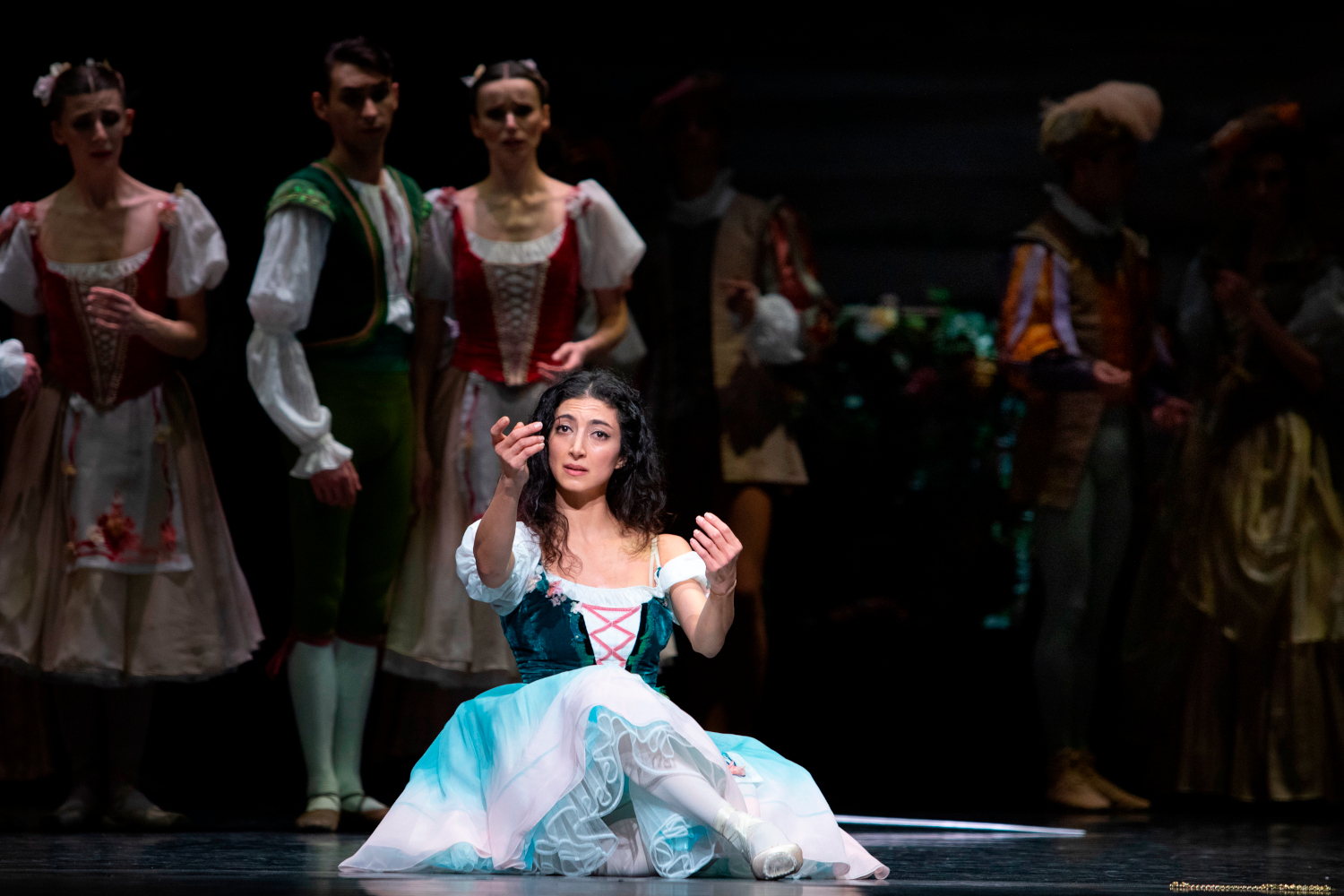
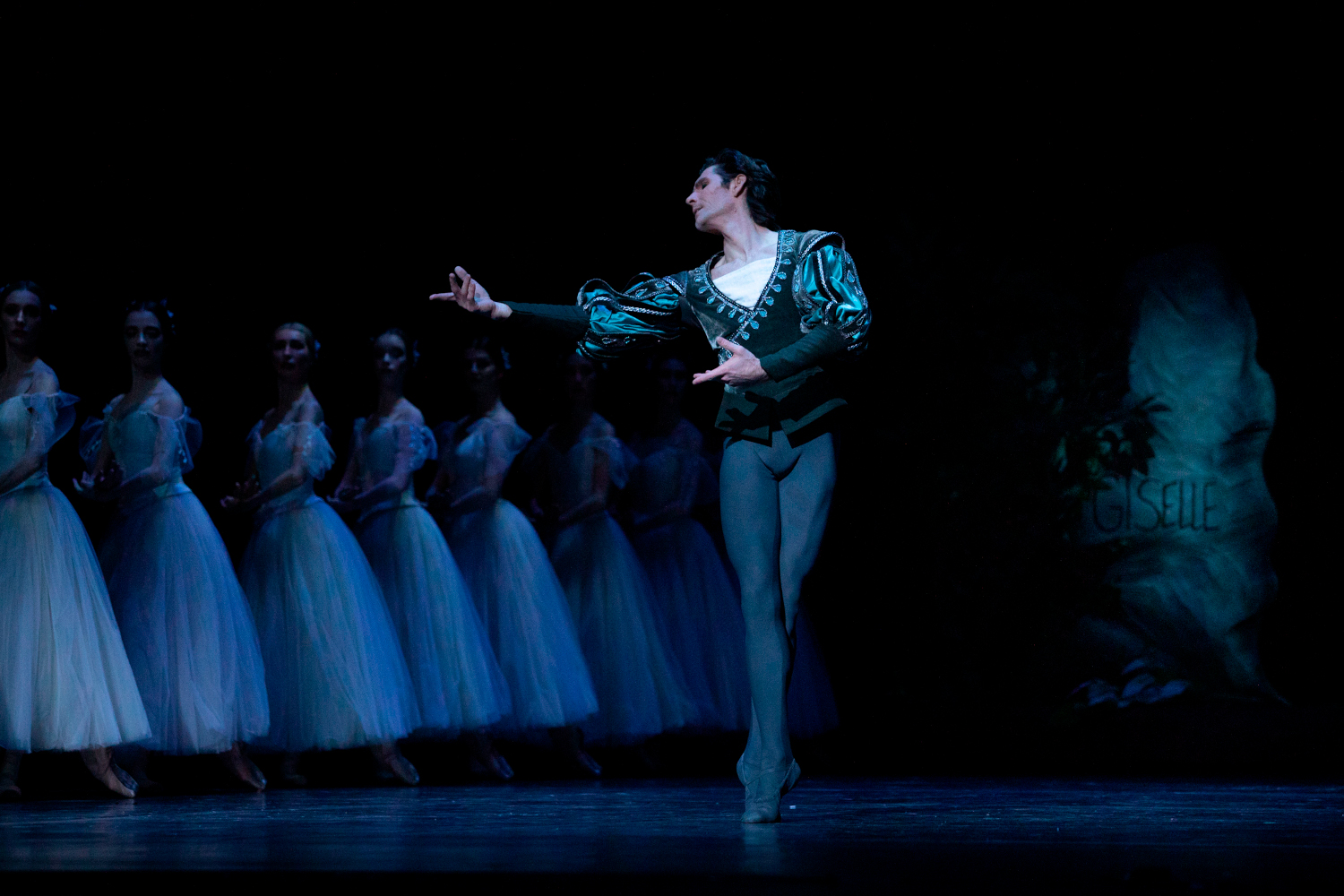
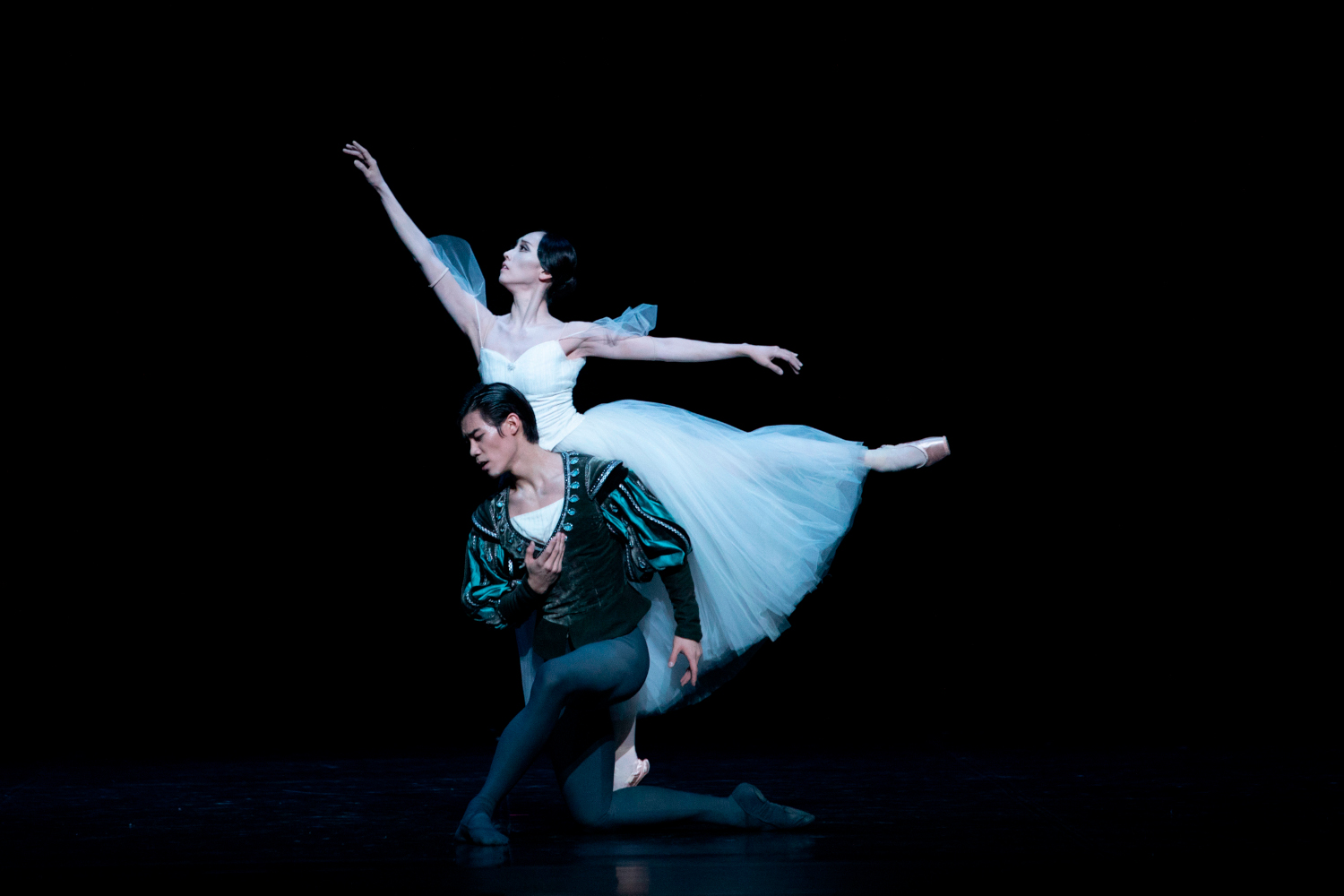
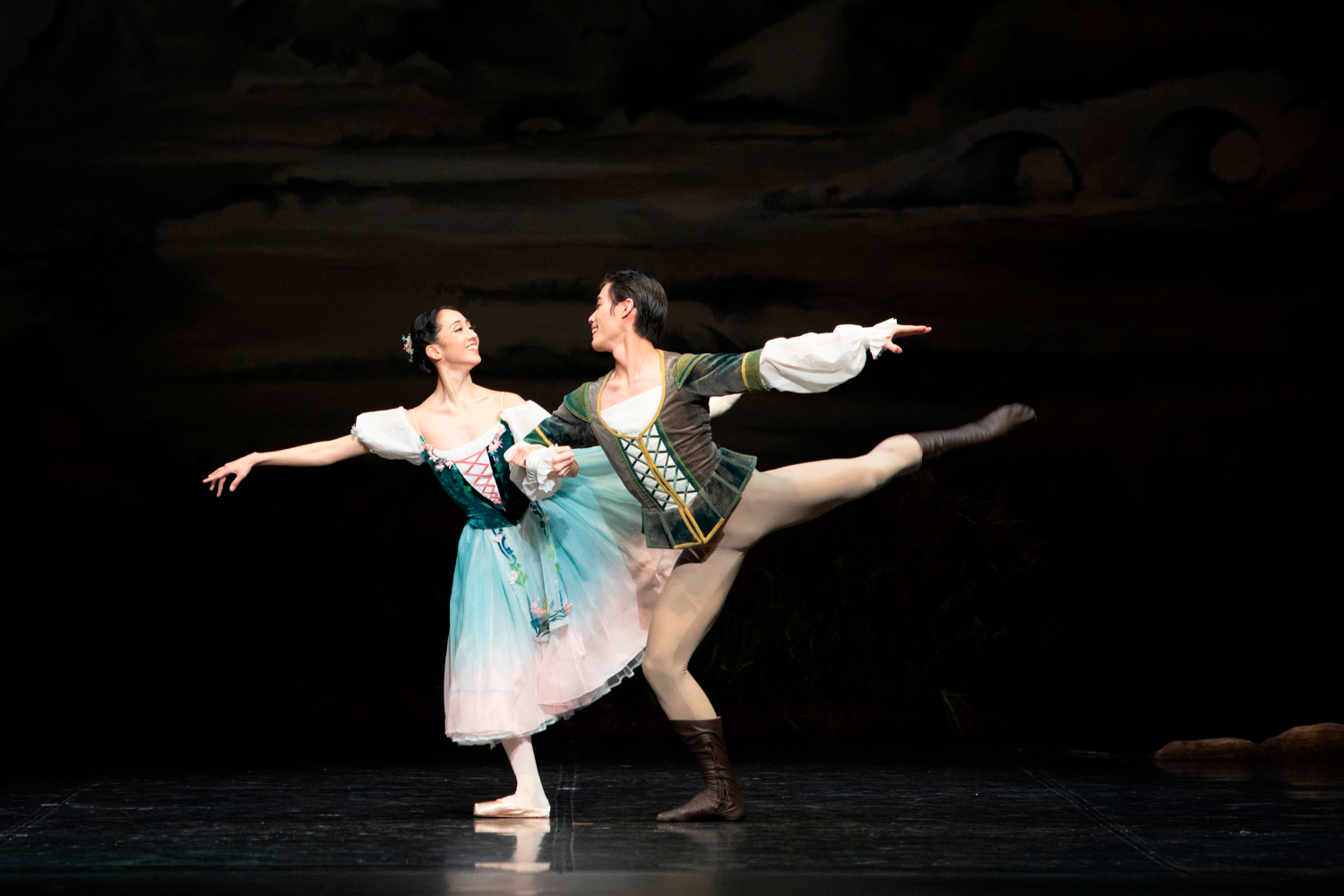
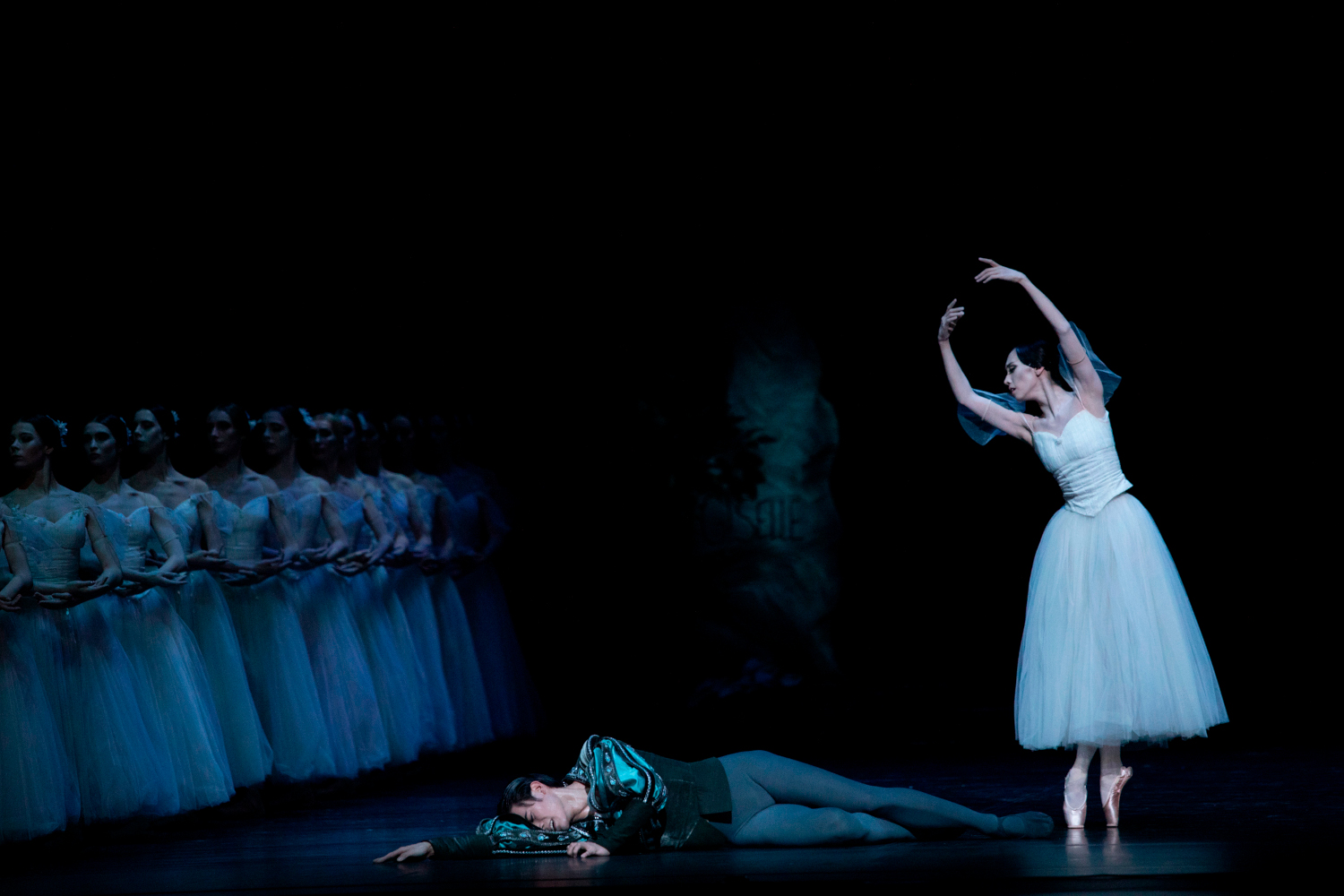



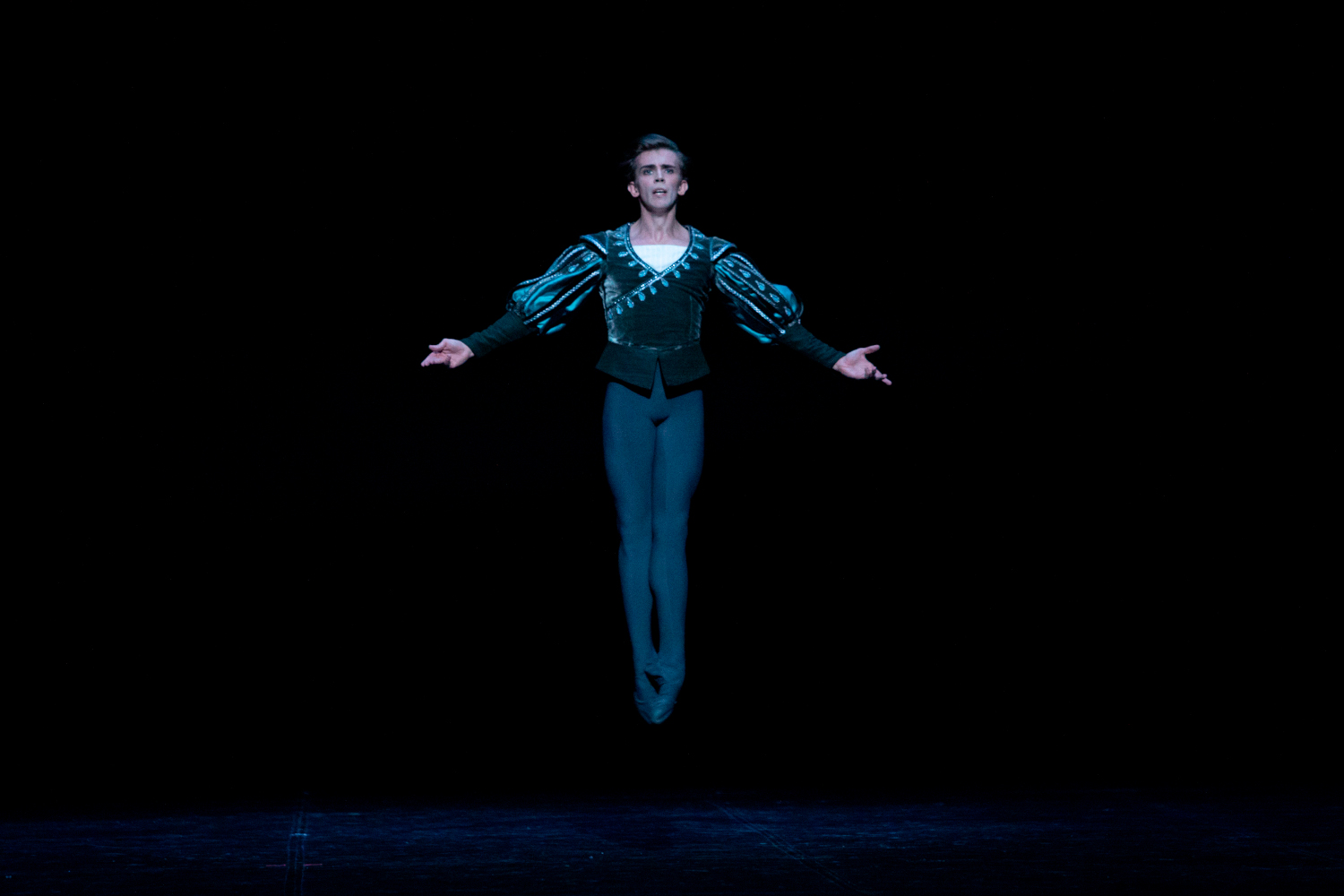
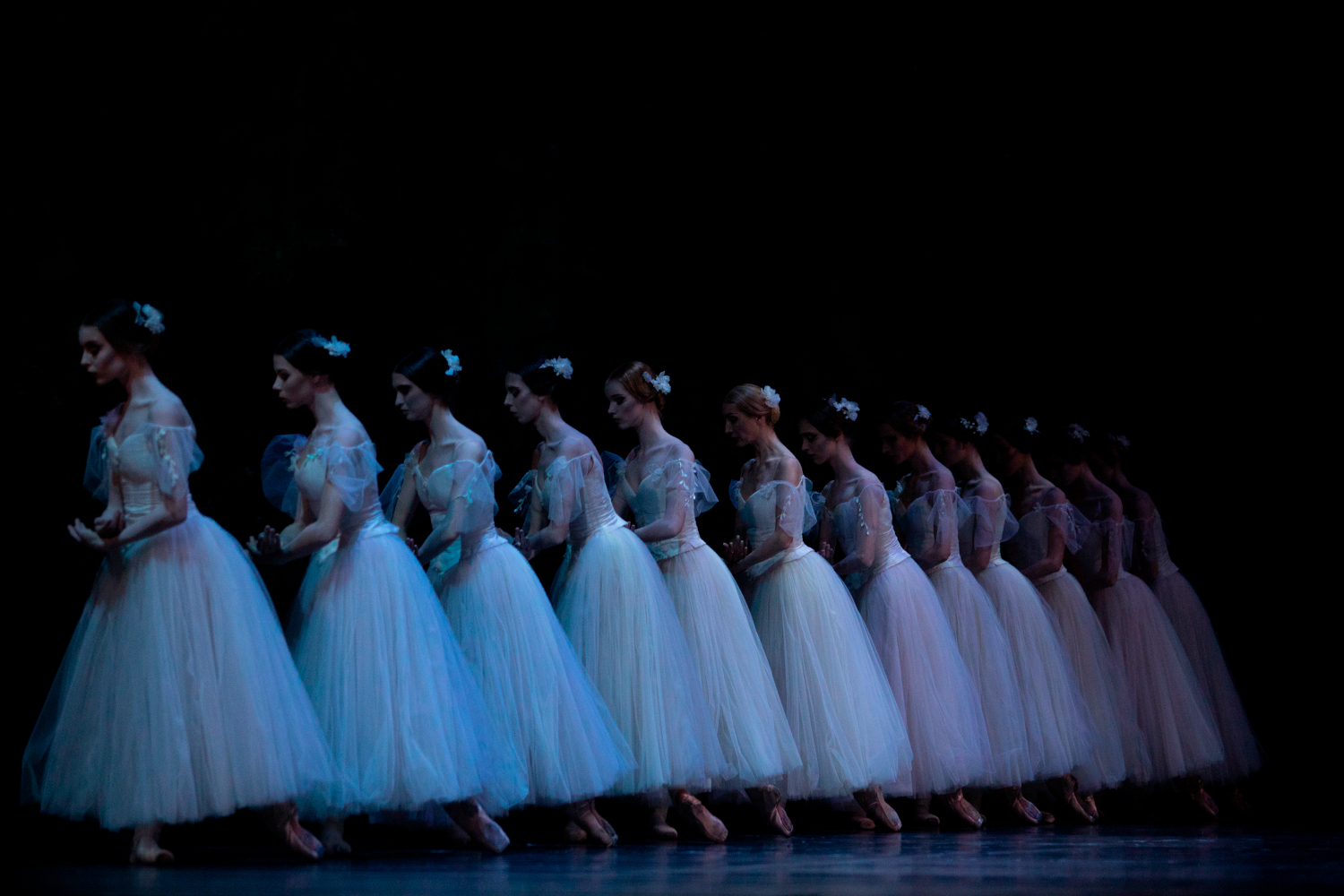
 Chinara Alizade
Chinara Alizade ![[Translate to English:]](/fileadmin/import/media/img/ludzie/tancerze/medium/Vladimir_Yaroshenko_2024_-_kwadrat.jpg) Vladimir Yaroshenko
Vladimir Yaroshenko  Kristóf Szabó
Kristóf Szabó  Natalia Pasiut
Natalia Pasiut  Irina Wasilewska
Irina Wasilewska  Marta Fiedler
Marta Fiedler  Mai Kageyama
Mai Kageyama  Diogo de Oliveira
Diogo de Oliveira ![[Translate to English:]](/fileadmin/import/uploads/tx_news/Carlos_Martin_Perez_new_02.jpg) Carlos Martín Pérez
Carlos Martín Pérez  Yume Okano
Yume Okano ![[Translate to English:]](/fileadmin/import/media/img/ludzie/tancerze/medium/JAEEUN_JUNG_2024_-_kwadrat.jpg) Jaeeun Jung
Jaeeun Jung ![[Translate to English:]](/fileadmin/import/media/img/ludzie/tancerze/ryota_kitai_2024_-_kwadrat2.jpg) Ryota Kitai
Ryota Kitai  Paweł Koncewoj
Paweł Koncewoj ![[Translate to English:]](/fileadmin/_processed_/7/b/csm_Daria_Majewska_IMG_96401_-2025_7b9d7276a4.jpg) Daria Majewska
Daria Majewska  Łukasz Tużnik
Łukasz Tużnik ![[Translate to English:]](/fileadmin/_processed_/0/3/csm_OLIWIA_GORECKA__wkadr_2025_2_a0f53d5ebc.jpg) Oliwia Górecka
Oliwia Górecka  Aoi Choji
Aoi Choji  Nika Afonina
Nika Afonina  Melissa Abel
Melissa Abel  Patryk Walczak
Patryk Walczak  Michał Chróścielewski
Michał Chróścielewski  Ana Kipshidze
Ana Kipshidze 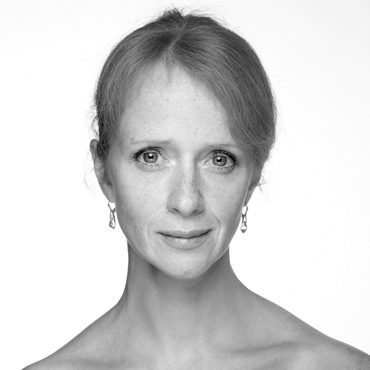 Anita Kuskowska
Anita Kuskowska ![[Translate to English:]](/fileadmin/import/media/img/ludzie/tancerze/LAURENCE_ELLIOTT_2024_-_kwadrat_2.jpg) Laurence Elliott
Laurence Elliott  Adam Myśliński
Adam Myśliński  Paulina Magier
Paulina Magier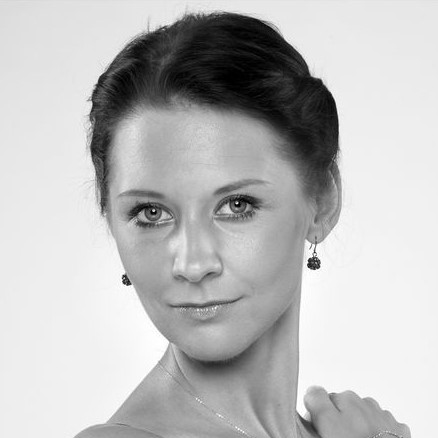 Aneta Zbrzeźniak
Aneta Zbrzeźniak  Palina Rusetskaya
Palina Rusetskaya Jean Coralli
Jean Coralli 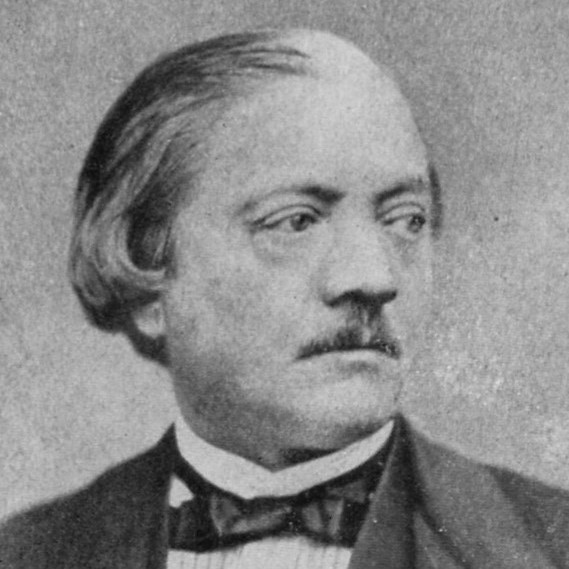 Jules Perrot
Jules Perrot  Maina Gielgud
Maina Gielgud ![[Translate to English:]](/fileadmin/media/img/ludzie/dyrygenci/patrick_fournilier_fot_arch_artysty_-_kwadrat.jpg) Patrick Fournillier
Patrick Fournillier 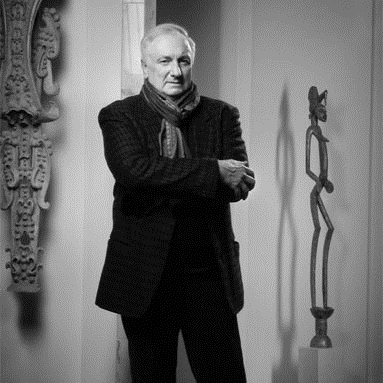 Andrzej Kreutz Majewski
Andrzej Kreutz Majewski ![[Translate to English:]](/fileadmin/import/media/img/ludzie/dyrekcja/mini/szablowska_mini.jpg) Małgorzata Szabłowska
Małgorzata Szabłowska ![[Translate to English:]](/fileadmin/import/media/img/ludzie/scenografowie/rte-rott_kwadrat.jpg) Katarzyna Rott
Katarzyna Rott  Maciej Igielski
Maciej Igielski 







